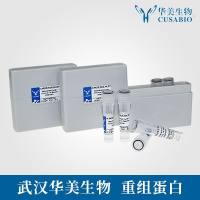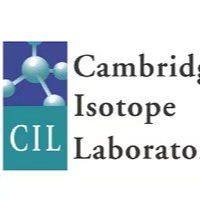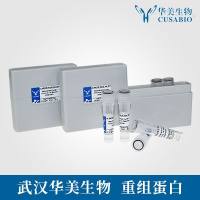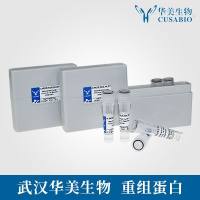Fiberoptic immunosensors with continuous analyte response
互联网
互联网
相关产品推荐

Srf/Srf蛋白Recombinant Mouse Serum response factor (Srf)重组蛋白Short name:SRF蛋白
¥2328

LCS Additional Analyte Mix 1 标准品
¥650

Recombinant-Botryotinia-fuckeliana-pH-response-regulator-protein-palHRIM21palHpH-response regulator protein palH/RIM21
¥15372

Recombinant-Serpentine-receptor-class-r-10odr-10Serpentine receptor class r-10 Alternative name(s): Odorant response abnormal protein 10 Olfactory receptor 10
¥11788

Recombinant-Mouse-Radiation-inducible-immediate-early-gene-IEX-1Ier3Radiation-inducible immediate-early gene IEX-1 Alternative name(s): Immediate early protein GLY96 Immediate early response 3 protein
¥10136

